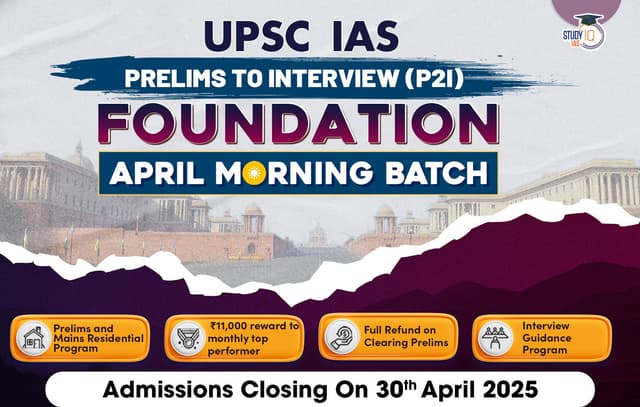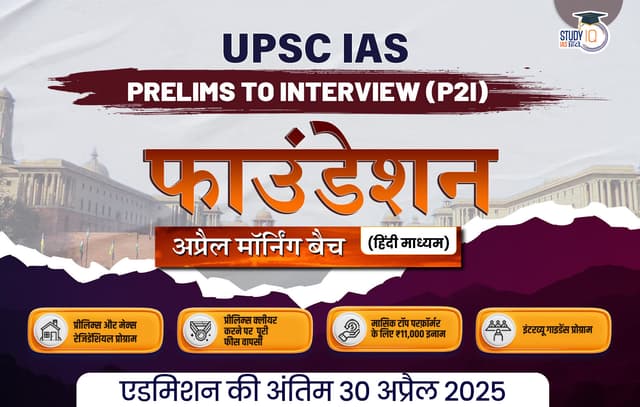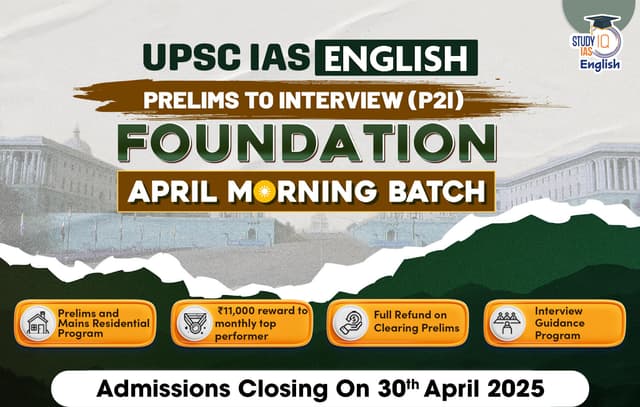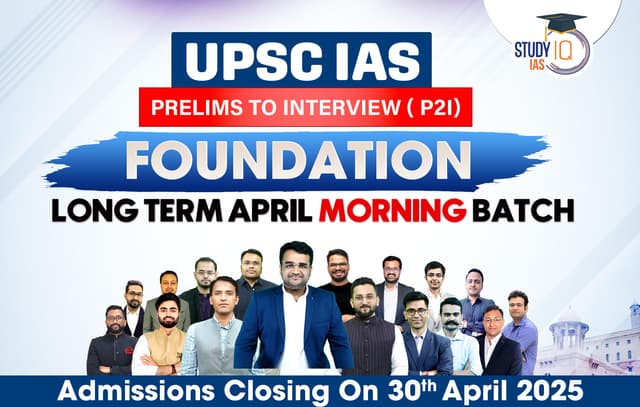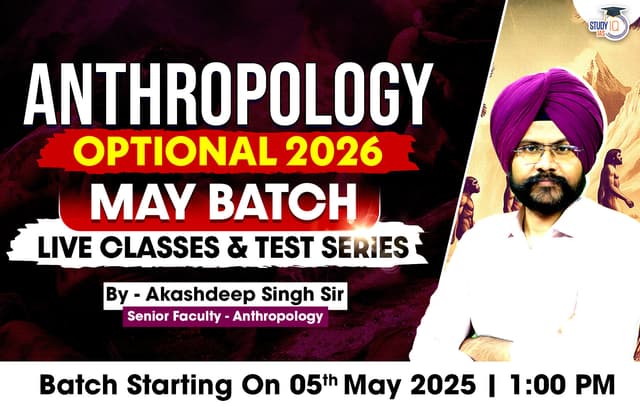UPSC Prelims News of 16 March 2023
Eurasian Otter
Context: Scientists from Jammu’s University have camera-trapped three Eurasian otters in the Neeru stream of the Chenab catchment.
About Eurasian Otters
- Eurasian Otter is regarded as a flagship species and indicator of high-quality aquatic habitats.
- Range: In the Indian subcontinent, Eurasian otters occur in cold hills and mountain streams.
- They can be found across the Himalayan foothills and the southern parts of the Western Ghats.
- Protection: Eurasian otter is classified as ‘near threatened’ on the IUCN Red List and is under ‘Schedule II’ of Wildlife Protection Act and is grouped under ‘Appendix I’ of CITES Convention.
- Significance: The photographic record of the semi-aquatic carnivorous mammal has indicated that some stretches of the Neeru stream, a tributary of the Chenab River, are still unpolluted.
- Major threats include:
- Habitat destruction due to development activities.
- Decrease in prey species due to acidification of rivers and lakes.
- Poaching
UPSC Prelims News 15 March 2023
Inclusion of Communities in Scheduled Tribes List
Context: Recently, Tribal Affairs Ministry said that the current procedure for inclusion of communities on the Scheduled Tribes (STs) list was “adequate”.
About STs in India
- The Census 2011 has revealed that there are said to be 705 ethnic groups notified as Scheduled Tribes (STs).
- Over 10 crore Indians are notified as STs, of which 1.04 crore live in urban areas.
- The STs constitute 8.6% of the population and 11.3% of the rural population.
Criteria of Inclusion
- It is based on the 1965 Lokur Committee formula.
- It includes indications of primitive traits, distinctive culture, geographical isolation, shyness of contact with the community at large, and backwardness.
Procedure for Inclusion
- As per the current procedure, each proposal for the scheduling of a new community as ST has to originate from the relevant State Government.
- It is then sent to the Ministry of Tribal Affairs, which sends it to the Office of the Registrar General of India (RGI).
- Once approved by the Office of the RGI, it is sent to the National Commission for Scheduled Tribes (NCST), and only after its approval is it sent to the Cabinet.
- Cabinet then brings in the appropriate amendment to the Constitution (Scheduled Tribes) Order, 1950.
Archaeological Survey of India (ASI)
Context: A recent investigation on illicit antique trading networks has pointed out the inability of Archaeological Survey of India (ASI) in protecting and preserving Indian cultural heritage.
About Archaeological Survey of India (ASI)
- ASI under the Ministry of Culture is the premier organization for the archaeological researches and protection of the cultural heritage of the nation.
- It was established in 1861 and entrusted with conducting archaeological research and conserve cultural monuments in the country.
- Objective: Maintenance of ancient monuments and archaeological sites and remains of national importance.
- It regulates all archaeological activities in the country as per the provisions of the Ancient Monuments and Archaeological Sites and Remains Act, 1958.
- It also regulates Antiquities and Art Treasure Act, 1972.
- ASI’s achievements since 1947
- It discovered a protohistoric society outside the Indus civilization in the northwest, as well as in the country’s central, eastern and southern regions.
- It discovered Harappan settlements in Kalibangan, Rajasthan, and Dholavira, Gujarat.
- It has been able to copy and preserve more than 74,000 inscriptions.
Reasons for Inability to Preserve Cultural Heritage
- Poor monitoring: ASI has no vigilance or monitoring cell to function as a deterrence against theft of antiquities
- There is no national policy on archaeological exploration and excavation.
- Lack of Data: There is a large gap between what is reported as missing and what is surfacing now in foreign museums.
- Lack of Technology at Disposal for ASI: Archaeologists in ASI have to depend on laboratories in the First World for analysing pottery.
- Lack of Resources: Parliamentary Standing Committee report on Tourism and Culture in 2021 listed “lack of resources” as one of the biggest challenges faced by the country’s museums.
- Lack of Synergy between the different agencies involved in heritage conservation.
- Ineptitude of law enforcement agencies: Several cases of missing antiquities in J&K have been summarily closed and FIRs is not properly investigated.
Way Forward
- Mirdha Committee (1984) recommended ASI should be accorded the status of a scientific and technical institution, enjoying autonomy in its functioning.
- ASI to decentralise its activities and work with local bodies – academic, governmental, etc. – to protect monuments better
- Incentivise private principals to get involved in efforts to preserve culture.
- A crowd-sourced model of cultural histories (craft, art, performing arts and oral traditions) documentation can be effective.
Gaganyaan Mission
Context: According to Government of India, budget of Rs. 9023 Crore has been allocated towards achieving the objectives of Gaganyaan mission.
About Gaganyaan Mission
- Gaganyaan programme is to demonstrate human spaceflight capability to Low Earth Orbit and safe return.
- It will be the first of ISRO’s human spaceflight missions.
- This program will make India the fourth nation to launch a manned spaceflight mission after the US, Russia, and China.
Significance of Gaganyaan Mission
- Improved the nation’s technological capacity for conducting scientific human space exploration.
- It will contribute to the advancement of accessible human and robotic exploration projects inside or outside the solar system.
- There is sufficient opportunity for the creation of jobs and the development of human resources in advanced science and research and development operations.
- This programme will improve international cooperation and global security by sharing goals and challenges.
Crime and Criminal Tracking Network Systems (CCTNS)
Context: A gang of scamsters impersonated Crime and Criminal Tracking Network Systems (CCTNS) officials to extract money from gullible youngsters.
About CCTNS
- CCTNS is a Mission Mode Project under the National e-Governance Plan (NeGP), aimed at creating a comprehensive and integrated system for improving the efficiency and effectiveness of policing through adoption of principle of e-Governance.
- Objective: CCTNS aims to introduce a standardized, harmonized and integrated criminal Justice system throughout the country, regardless of the residence.
- CCTNS is a successor to initiatives such as Crime and Criminals Information System (CCIS) and Common Integrated Police Application (CIPA).
- It connects police stations and digitizes FIR registration, investigation and charge sheets, introducing e-governance in Criminal Justice system.
- CCTNS feeds information into the Interoperable Criminal Justice System (ICJS) of judicial system, making criminal justice delivery more efficient.
- Performance of CCTNS:
- CCTNS has been able to connect 97% police stations across the country, digitizing data and ensuring data migration, including legacy records.
- Significance:
- It acts as a crime and criminal information repository, containing criminal images and fingerprints with advanced search capabilities.
- It provides faster and easier access to crime and criminal information across the country
- It has managed to reduce the workload for the police stations back-office activities.
- Faster turnaround time for the results of analysis to reach the officers on the field
- It improves the ability to detect crime patterns through modus operandi across the States/UTs.
- It simplifies the process for citizens to access general services from the police department.
Vibrant Villages Programme
Context: Government has approved a Centrally Sponsored Scheme ‘Vibrant Villages Programme’ for the comprehensive development of border villages.
About the Vibrant Villages Programme (VVP)
- The scheme has been approved for the development of the villages in 46 border blocks of 19 districts in 4 States and 01 UT viz. Arunachal Pradesh, Himachal Pradesh, Sikkim, Uttarakhand and Ladakh (UT) abutting the northern border.
- Vibrant Villages Programme aims for convergence of existing schemes of Central and State Government through formulation of District Convergence Plan.
- It focuses on projects in the identified areas of intervention for inclusion in the vibrant villages action plan for select villages.
- Funding outlay: A fund of ₹4800 crores has been allocated for the programme for the Financial Year 2022-23 to 2025-26.
- Under this programme following focus areas have been identified for intervention:
- Economic growth- livelihood generation
- Road Connectivity
- Housing & village infrastructure
- Energy including renewable energy through Solar and Wind power
- Television & Telecom Connectivity including setting up of IT enabled Common Service Centre in the Village
- Regeneration of eco-system
- Promotion of tourism & culture
- Financial Inclusion
- Skill development & entrepreneurship
- Development of cooperative societies for managing livelihood opportunities including agriculture/horticulture, cultivation of medicinal plants/herbs etc.
Need for such Scheme:
- The VVP aims to counter China’s model villages, which are being developed along LAC.
- It will halt the out-migration which has been continuously occurring at the villages on the Indian side.


 UPSC Prelims News 20 March 2023
UPSC Prelims News 20 March 2023
 UPSC Prelims News 17 March 2023
UPSC Prelims News 17 March 2023

